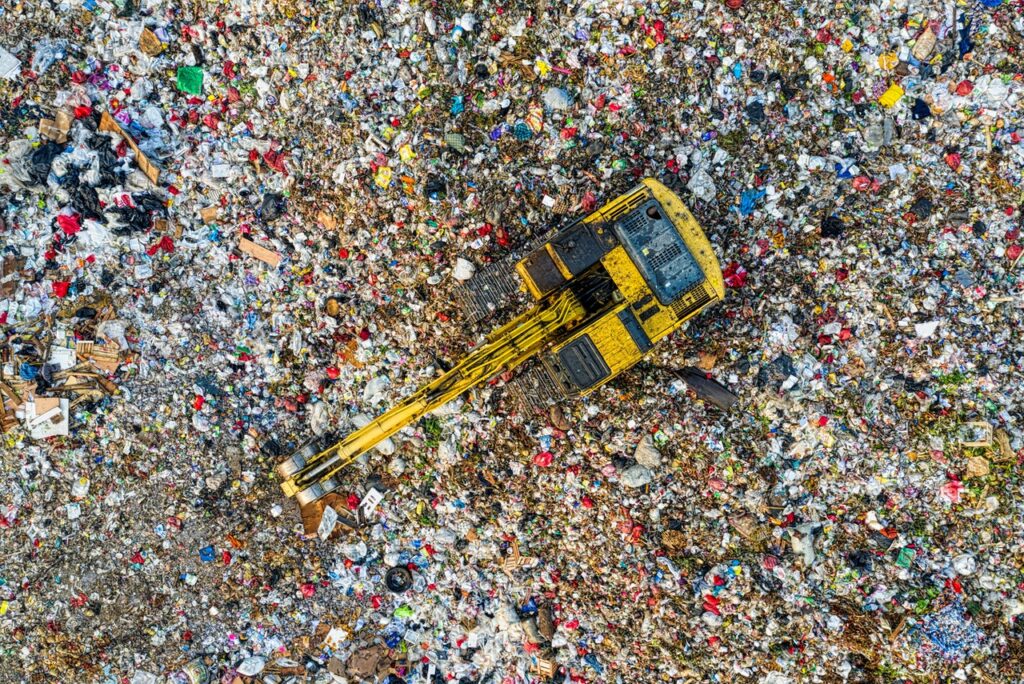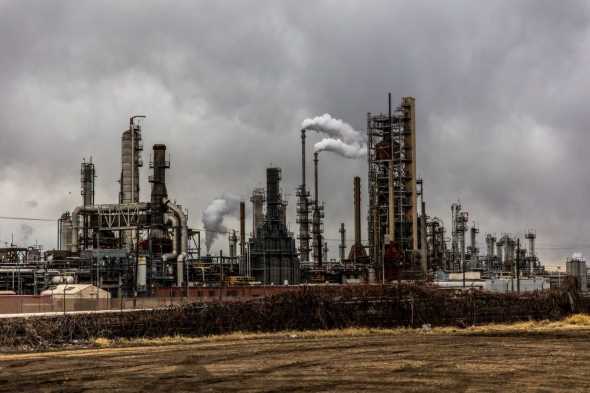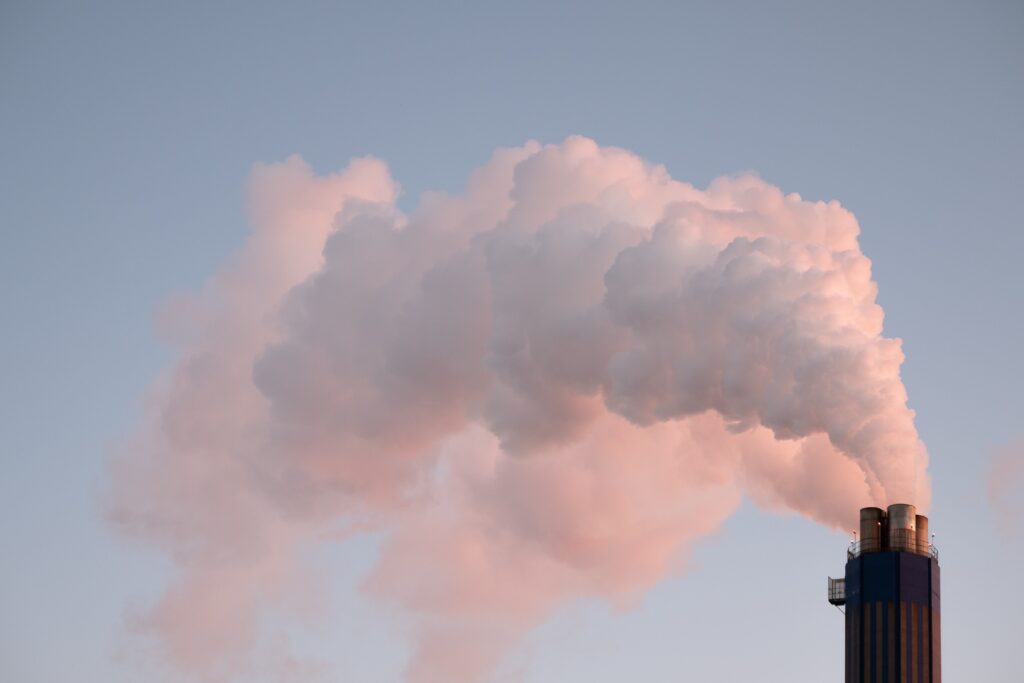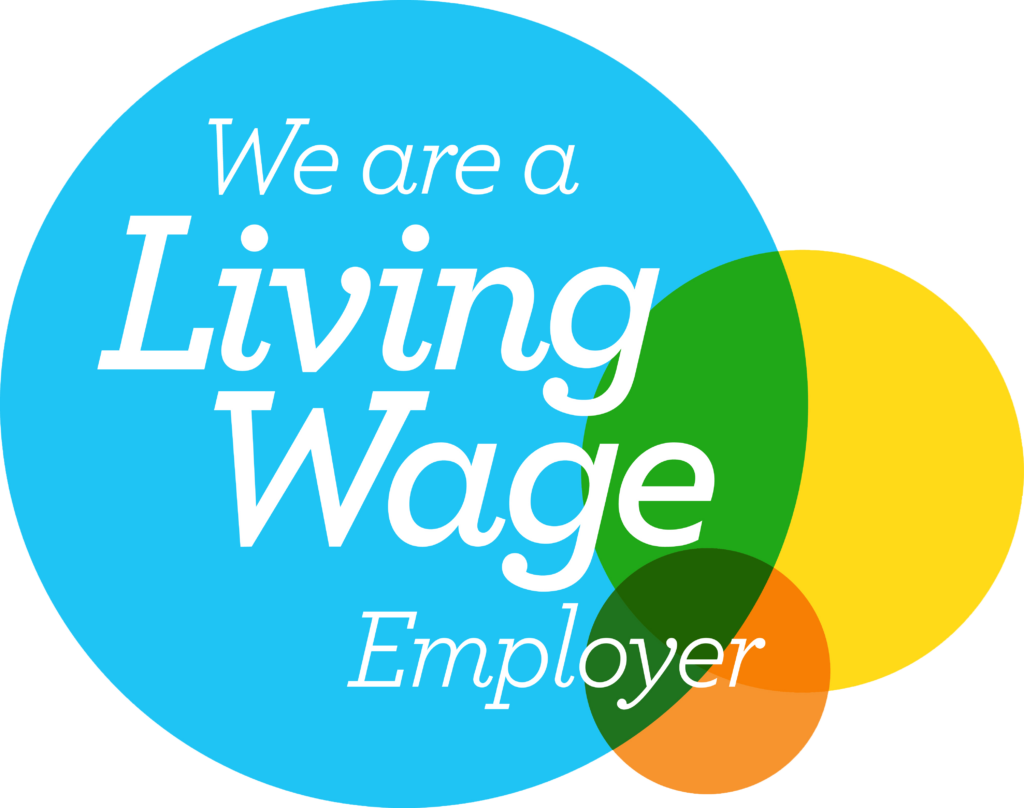BLOG
What does “Zero to Landfill” Really Mean?

We all know that landfill sites are not a good way to dispose of waste. Not only are they unsightly, noisy, and damage biodiversity, but can cause all sorts of environmental and health issues. Decomposing waste can cause methane gas to be produced, not to mention other chemicals leaking into the ground and watercourses. So there should be no excuses for sending waste to landfill that could be processed in a better way.
Many waste carriers state that they send zero to landfill. Sounds great, right? But what does “zero to landfill” actually mean?
Residual waste
In an ideal world this means that everything that is recyclable, compostable or reusable, is separated and processed at waste transfer sites and sent for recycling or making into secondary raw materials. Waste that can’t be processed this way – called residual waste – is then sent for incineration; in many cases generating energy from burning waste that can’t be disposed of in any other way.
Waste incineration, including waste-to-energy, is on the increase. Whilst this sounds like a great way to deal with waste, unfortunately waste that could be recycled, reused or disposed of in a more environmentally friendly way, is increasingly being sent for incineration without being processed first. This means that when we think our waste is being sorted and recycled where possible, in an increasing number of cases “zero-to-landfill” also means “100% to incineration”.
Incineration is intended as a resource for residual waste, and missing out the process of sorting, separating and recycling means that more and more waste that could be recycled, is being incinerated instead.
It is alarming when we look at the figures – waste sent to landfill has been consistently declining in the last thirty years – from over 90% in 1996 to just 10% today. Recycling has risen to around 45%- 48% where it has remained fairly consistent. However, whilst landfill has declined and recycling has remained largely the same, incineration rates have increased from 15% in 2010 to almost 50% today.
Total amount of household waste collected by local authorities being sent for incineration
| Year | Total (million tonnes) | Sent for incineration (million tonnes) | % sent for incineration |
| 2013/14 | 25.6 | 6.2 | 24.4 |
| 2014/15 | 25.8 | 7.8 | 30.2 |
| 2015/16 | 26.1 | 9.3 | 35.4 |
| 2016/17 | 26.3 | 10.2 | 38.6 |
| 2017/18 | 25.6 | 10.8 | 42.3 |
| 2018/19 | 25.6 | 11.0 | 43.8 |
| 2019/20 | 25.6 | 11.6 | 45.5 |
| 2020/21 | 25.9 | 12.5 | 48.2 |
In the last 3 years, average recycling and composting rates have stagnated, despite the fact that the proportion of recyclable plastic, fabric and packaging in our bins has greatly increased (source).
This figure does not seem to add up – why are recycling rates not rising, given that we dispose of more recyclable materials, and where are these items going?


Cost saving
Unfortunately, large amounts of waste that could be recycled or reused is being sent for incineration in order for waste companies to reduce costs. By not sorting and recycling waste, carriers can save on wage costs at transfer sites; transfer site running costs; and other costs associated with sorting and recycling waste (source: unwin.org).
According to recent figures in England, of total household waste collected which has been treated as residual waste, an estimated 53% could be categorised as recyclable; 27% as potentially recyclable; and 12% as potentially suitable – in total 92% of waste that was incinerated could have been recycled. In Wales, around 74% of residual waste could have potentially been recycled. In Scotland this figure was 48.9% and in Northern Ireland, 55% (source: unwin.org).
However, it is cheaper for handlers to send waste to WfE than to have it sorted and recycled.
Recycling targets
So why is this a bad thing? Incinerating what is a valuable resource is illogical and wasteful. This high level of waste being sent for incineration means that less is being recycled, hampering the ability of the UK to meet it’s recycling targets. Not only is incineration hampering recycling rates by burning waste that could otherwise be recycled, but the knock-on effect of this means that there will be a reduction of recycled materials, such as plastic and cardboard, available for reuse and manufacturing.
This becomes a problem for manufacturers, who seek to work with recycled materials and will be an issue for many manufacturers; impacting consumer choice, with many consumers looking to buy products that are recycled or in recycled packaging.
An eventual shortage of recycled plastics, for example, means that plastic packaging manufacturers may not be able to meet the required 30% of their product made from recycled goods or may have to import more raw materials. Costly in both environmental and economic terms.
Environmental cost
Incineration is necessary for some items, such as some medical and hazardous waste; and is useful as a final step to stop waste being sent to landfill – in particular if energy can be generated from the incineration process.
However, burning waste does also have a large environmental impact so it should only be used as a final resort.
Incineration releases many toxins and pollutants into the atmosphere, including high levels of CO2 and even some heavy metals. Although incineration can produce energy, this comes at a high environmental cost, burning plastics and other potentially reusable materials which give off high levels of chemicals into the atmosphere.
There is also the everyday environmental impact on the surrounding communities for increased incinerator use – noise, odours, steam, and increased HGV traffic which all affect the local environment and standard of living for local residents.
Why is it happening?
Currently, there is no tax on waste that is incinerated. Waste that is sorted is subject to gate fees, with waste sent to landfill being subject to landfill tax. Plant operators do not pay tax on incineration, nor do they pay tax on CO2 that is emitted as part of the EfW process, unlike fossil fuel power stations (source).
There is also an associated cost of running waste transfer plants where waste is separated by machinery or hand to be sent for recycling. Sending 100% of waste to incineration saves waste handlers time, money and simplifies their process.
This means that incineration is a cheaper means of disposing of waste for many handlers; who in turn pass this saving on to businesses or local authorities – making this the cheaper option.
Will this continue?
Incinerators continue to be constructed and commissioned across the UK – with 70 facilities currently operational (54); or under construction or commissioning (16). This will increase overall incineration capacity to 20.20 million tonnes of waste across the UK – almost 8 million tonnes more than is currently incinerated. (source: unwin.org).
This, coupled with the fact that EfW is considered a green energy source, feels like a worrying trend of increased waste incineration across the UK.
There are calls for waste disposed of through incinerators to be taxed in the same way as landfill; and to level up the costs of incineration with that of recycling. Defra have recently announced consultation on proposed targets to reduce incineration of residual waste by 50% by 2042. This has also included proposing additional funding for treatment costs for local authorities and businesses, with the aim of making it more expensive to incinerate and provide more incentive to sort and recycle waste – so there is some hope that the amount of recycled waste being incinerated will be reduced and waste handlers encouraged to recycle (source: letsrecycle.com).
How can you make sure that your waste is being dealt with correctly?
Businesses can check with your waste management provider how your waste is processed. They will be able to tell you how much is being sent for recycling, how much is being sent to landfill and how much is being sent for incineration (or WtF).
At Flame UK we aim to send as little as possible to landfill, and ensure that all recycling and reusable waste is treated in an appropriate way with only genuine residual waste being sent for WfE.
We provide all of our clients with data on how much of each waste stream is produced, and always look for ways to reduce, reuse and recycle, helping your business to be greener and to save money. Contact our team and we can talk through how to make sure your waste is being dealt with properly.




